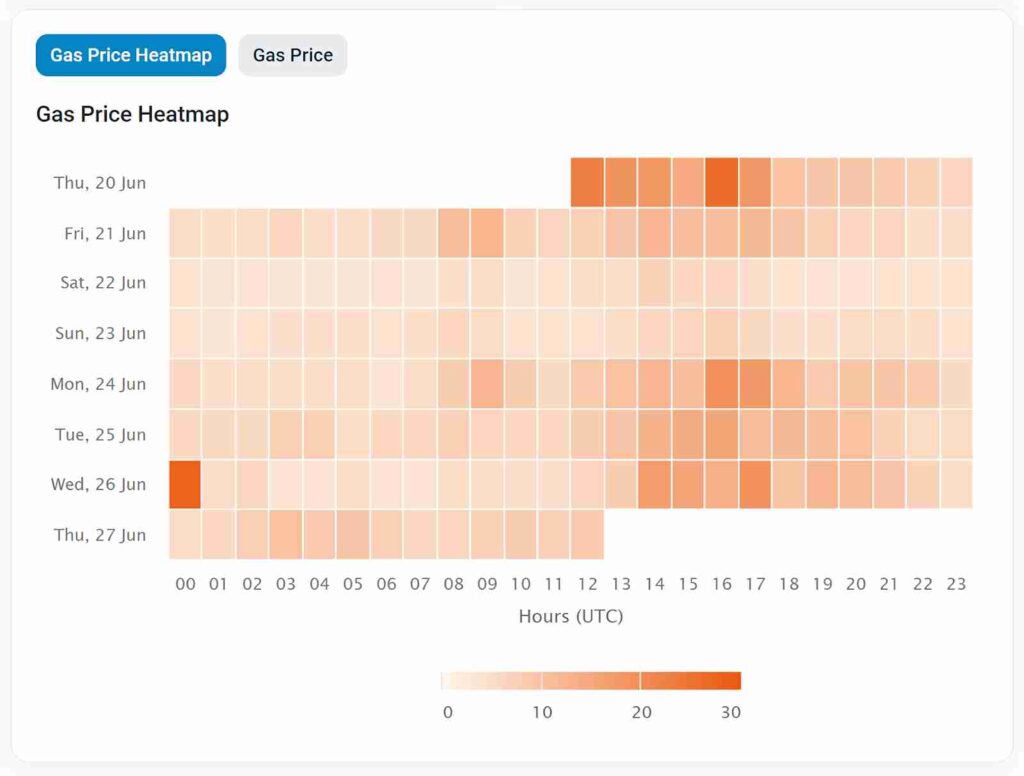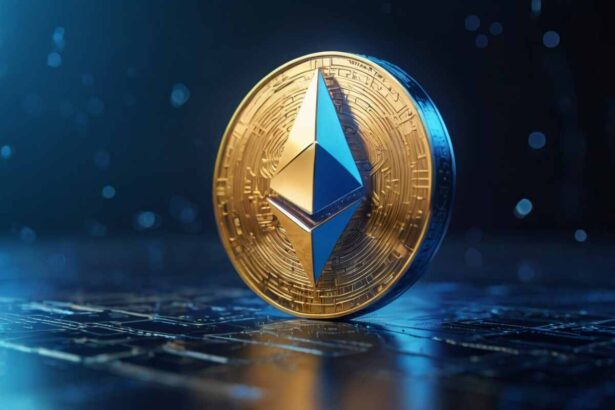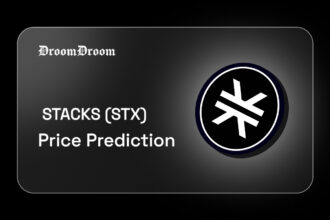If you have ever wondered why the gas fee in Ethereum or any other blockchain does not stay constant, it is because of their demand and supply. High demand for gas increases its cost, while low demand reduces it. Since the demand for gas (for transactions) is never consistent, it leads to a fluctuating gas price.
In this article, we will explore the economics behind the price of gas, using Ethereum as an example. We will also explore Ethereum’s policy behind its gas fee and understand its impact on the same.
Why Is the Gas Fee Not Fixed?
Gas in Ethereum is the fee paid to make a transaction on the blockchain. However, Ethereum has not kept it fixed because different transactions would need different amounts of gas.
Also, during network congestion, a high gas fee discourages more transactions. Similarly, during low network activity, a low gas fee encourages people to use the chain.
All of these reasons have kept developers from fixing the gas fee.

Law of Demand and Supply in Ethereum
Gas is treated like a commodity in Ethereum and almost all other blockchains. The price is fixed as per its demand and supply. If there is a higher demand, the price gets raised and if there is a lower demand, its price declines. This mechanism operates as per the law of demand and supply.
According to the law, if at constant supply, the demand of a commodity increases, its price will also increase and if the demand falls down, so will be the price.
This is exactly what happens. Gas price is measured in terms of ETH, so if at a given time, the gas price is 2 Gwei, it means it will consume 0.000000002 ETH.
Ethereum’s scalability is essential for its long-term viability. Layer-2 advancements are a beacon of hope, offering a future where security and affordability coexist!
Feroz Lakhani, Ankr
Here comes a twist. You may now be wondering that if the supply of ETH is not fixed, then how can law of demand and supply be applied to Gas which is measured in ETH.
The reason is that for the application of the law of demand and supply, we are considering the supply of ETH as a constraint; rather, the no of transactions in a block is the constraint. At any given time, a block can only contain a certain number of transactions. Since Ethereum places a time limit per block, the no of users trying to include their transaction in the block aim to get it done by buying more gas. This is what actually increases the price of gas at a certain time.
Have you ever wondered why Solana is faster than Ethereum despite having the same gas economics?
What Factors Affect the Demand of Gas Fee?
The factors that control the demand for gas in Ethereum are the type of transactions, the quantum of change in Ethereum’s state, and mass events like NFT minting.
Type of Transactions
Type of transactions have the highest impact on the price of gas. An NFT mint would be more expensive than a crypto swap which again would be more expensive than bridging crypto. The least expensive transaction would be an ordinary crypto transaction.
Below are the real-life figures for performing these actions and the indicative transaction costs for them.

Quantum of Change Introduced
Ethereum charges you basically to change its state. This change in state could be an NFT (a large change) or a small peer-to-peer transaction (a smaller change). A user is charged accordingly by the quantum of the change they introduce to the blockchain.
For example, if anyone wishes to send 3 ETH to 3 addresses, they would be charged more than someone trying to send 3 ETH to 1 address.
Mass Events
Large events like NFT minting of popular projects, large airdrops, and other such events greatly impact gas prices. This is because users compete with each other to get their transactions processed in priority. To do that, they try to pay more than each other, ultimately raising the gas price.
Such competitive bidding for gas is known as a gas war.
Ethereum’s Monetary Policy
Unlike traditional monetary systems and even the opposite of many cryptocurrencies before it, Ethereum decided to have a floating token supply but with a tightly controlled release of tokens so that it does not destabilize ever. Here’s a tweet from an X user praising Ethereum’s monetary policy.
This allowed it to mint tokens to pay the validators irrespective of the fee revenue. Even though protocol fees are an important source of revenue for Ethereum validators, Ethereum does not entirely depend on them.
Another aspect of Ethereum’s monetary policy is its control over inflation. The cryptocurrency tries to balance the token supply by burning a portion of the fees and controlling the new tokens that enter the supply.
Since its creation, Ethereum’s monetary policy had an expansionary policy. However, since the end of the crypto winter around September 2022, its token supply has almost stabilized.

This was because, before that, the price of Ethereum was not high enough to save it from exploits.
Note: If the token price falls below a certain threshold in a proof-of-stake blockchain, it can be hijacked with flash loans, and attackers can then drain all the funds.
Learn more about different consensus mechanisms to understand their vulnerabilities better.
Conclusion
Gas Prices in Ethereum obey the law of supply and demand like any traditional commodity. During phases of high demand, the prices inflate, and their value cools down during phases of low demand. In addition to demand and supply, gas prices also depend on the type of transactions, as larger transactions consume more gas than smaller ones.




















